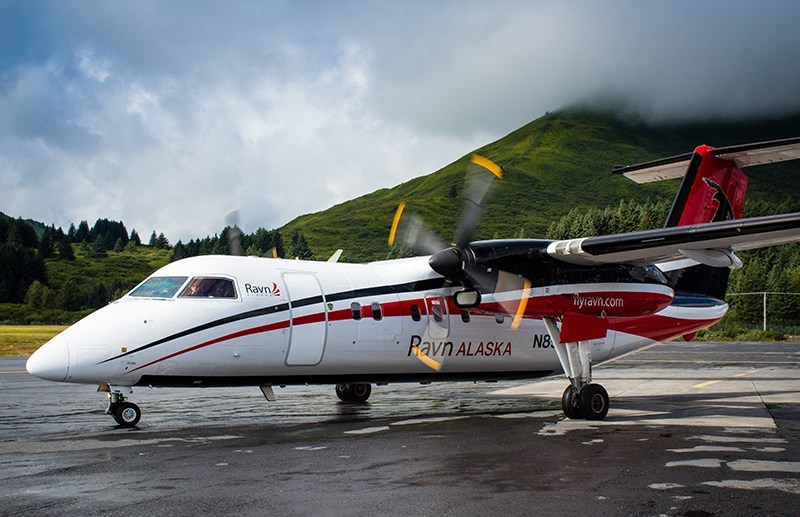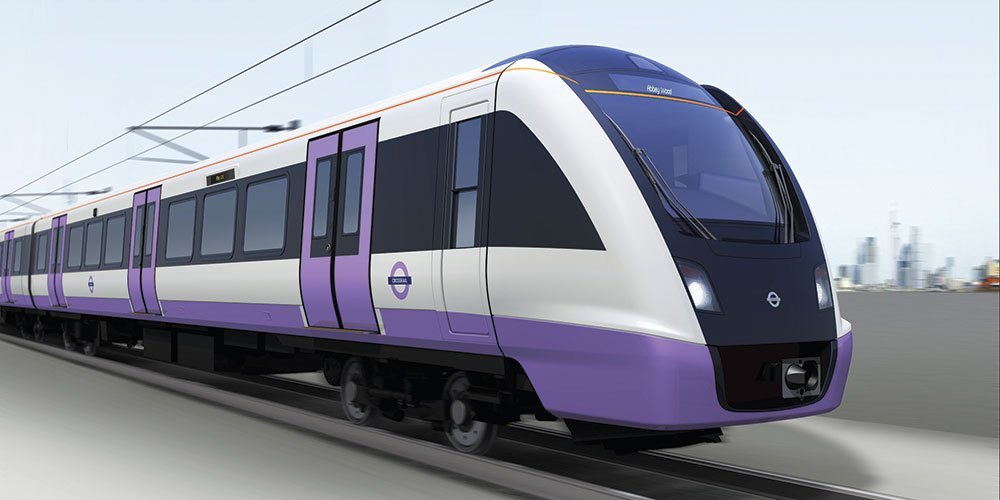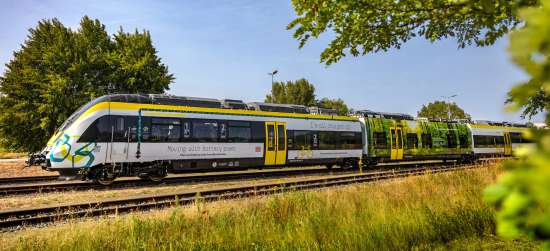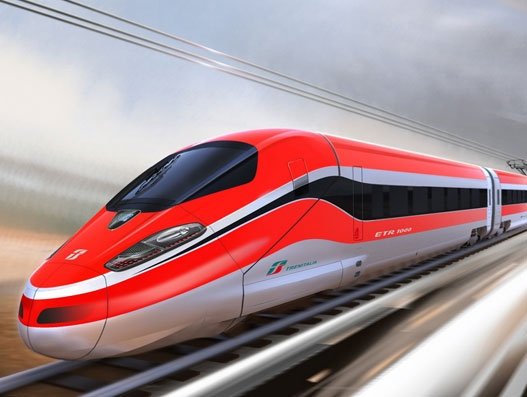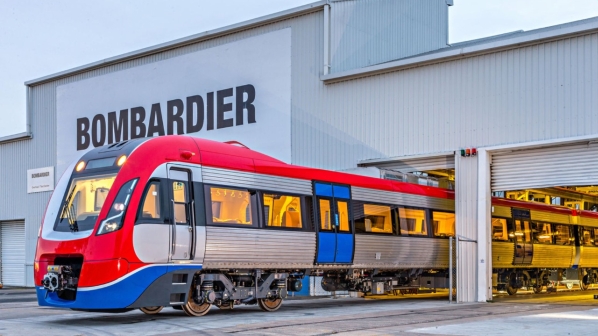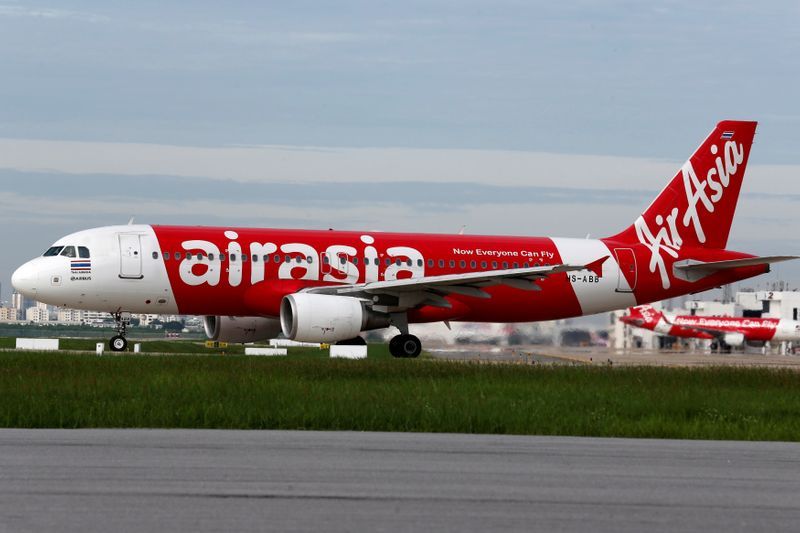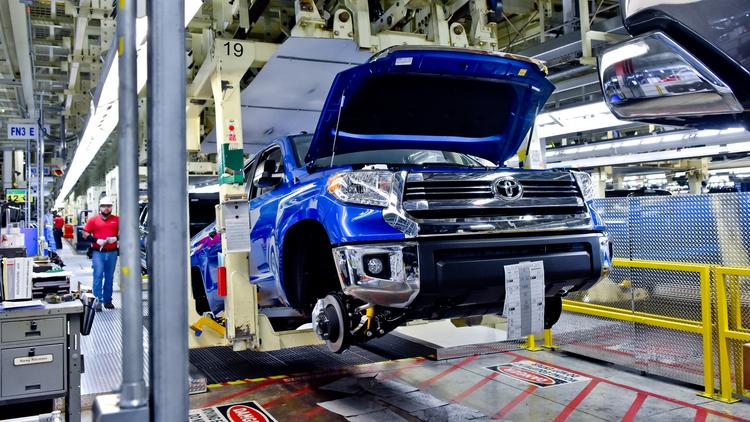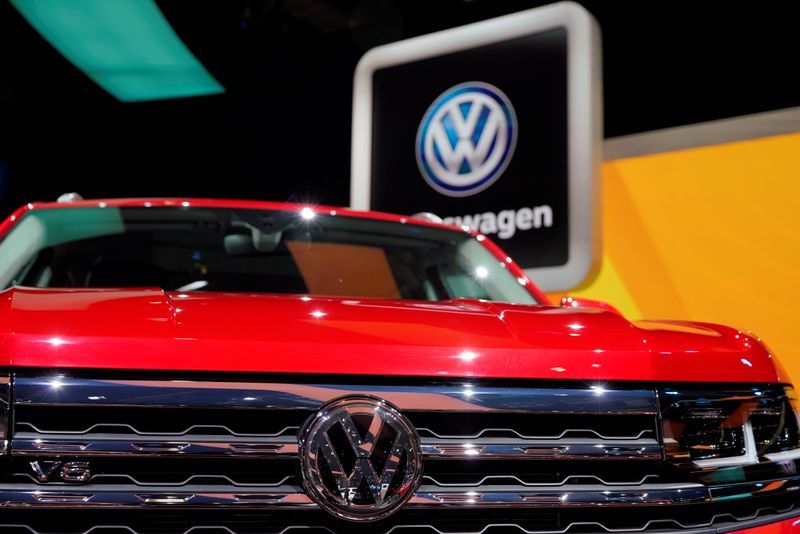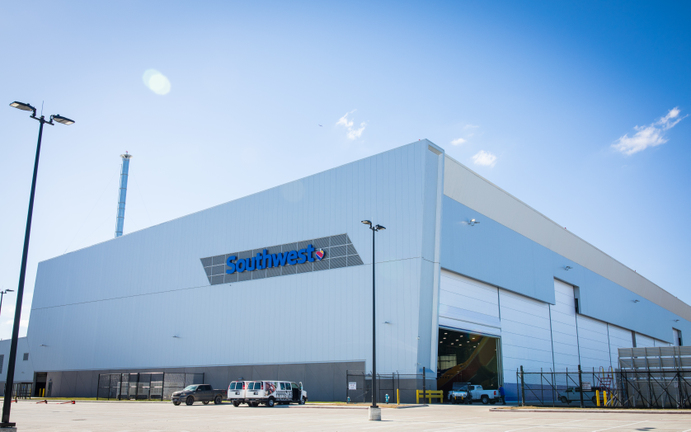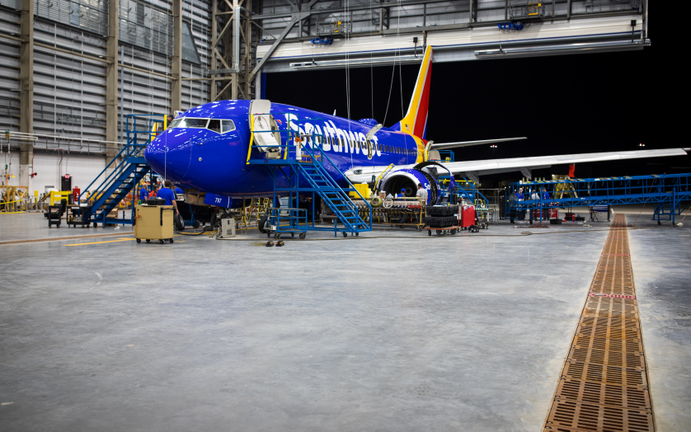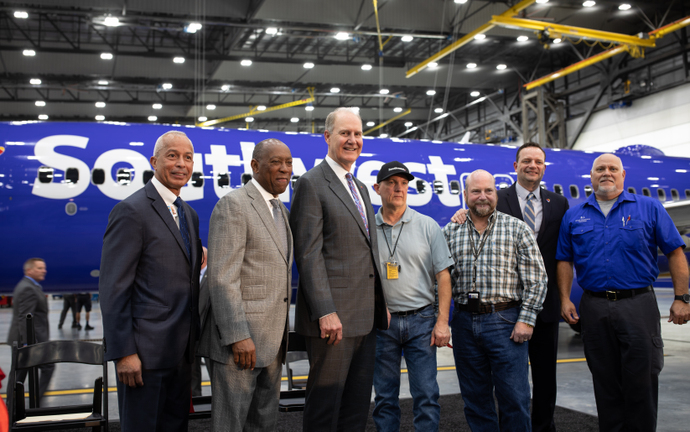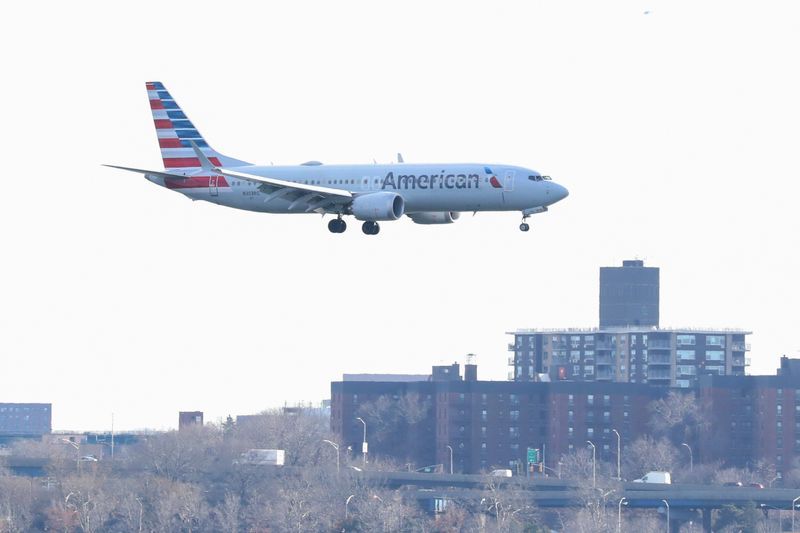WASHINGTON, April 6 (Reuters) – RavnAir Group, the largest regional carrier in Alaska, filed for bankruptcy Sunday and grounded all of its 72 planes as it waits on a decision from U.S. Treasury for government assistance.
The Trump administration is weighing applications from numerous airlines as it considers how to disburse $25 billion in passenger airline grants, $4 billion for cargo carriers and $3 billion for airport contractors. Congress approved the bailout funds to help air carriers cover payroll costs.
RavnAir, which filed for Chapter 11 bankruptcy protection in Delaware, said Sunday it was suspending all operations and laying off all employees.
“We took these actions to ensure our airline has a future, and to give us time to ‘hit pause'” while it seeks Treasury grants and “other sources of financial assistance that will allow us to weather the coronavirus pandemic and emerge successfully once it has passed.”
In a letter posted Sunday, RavnAir Chief Executive Dave Pflieger said the airline was working to “resume the vital air service you depend on to get home to your families, to your businesses, to medical appointments, and to other duties that are essential to our communities and the state of Alaska.”
Delta Air Lines Inc, American Airlines Group Inc , Spirit Airlines Inc, Southwest Airlines Co , United Airlines Holdings Inc and JetBlue Airways Corp are among the airlines that confirmed they filed before a Friday deadline set by Treasury to get speedy consideration.
On Sunday, top Democrats including House Speaker Nancy Pelosi and Senator Charles Schumer urged Treasury Secretary Steven Mnuchin to move quickly and not impose unreasonable conditions on the grants. Airline unions and many Democrats object to Treasury demanding significant equity or warrants as a condition to the grants.
(Reporting by David Shepardson; Editing by Lisa Shumaker)
